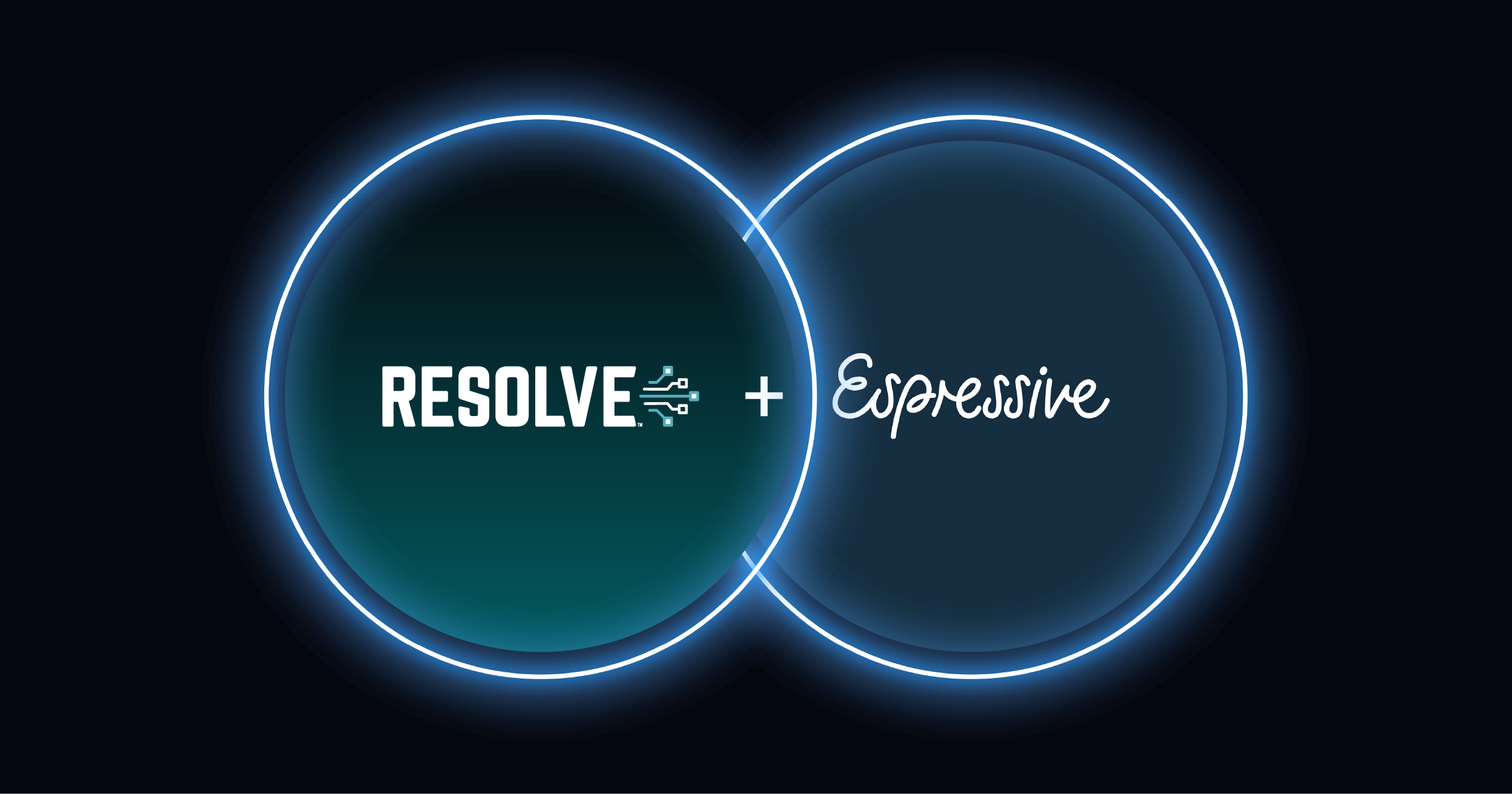
In today’s economy, cost savings is critical – but so is employee experience. How do you achieve both objectives at the same time? With a virtual agent for employee self-help.
This article is intended to demystify the term “virtual agent” by providing the key capabilities for consideration when you are doing research for your enterprise.
Virtual Agent Definition
A virtual agent is an AI-based SaaS application for employee self-help that takes on the role of the help desk team (e.g., IT, HR, Finance, Supply Chain, etc.) to assist employees by resolving issues and answering questions without human intervention. This is done by combining the best of human experience with the best of artificial intelligence to deliver exceptional results.
Virtual agents go by a variety of names. They are referred to as virtual agents, virtual support agents, virtual employee assistants, virtual assistants, and even chatbots. So don’t get confused by the name. When considering a “virtual agent” type of solution, you need to look at the key capabilities of the solution versus judging it by its name.
Key Capability #1: Domain-Specific Language Model
A virtual agent for employee self-help requires a language model that has been optimized for the employee domain. Because self-help extends beyond IT to departments like HR, Finance, Supply Chain, and more, it needs to be conversant in employee phrases across all departments. It also needs to be multi-lingual in over 100 languages to be considered a global, enterprise solution. The language model must have a customer layer that can be optimized to customer-specific lexicon, content, and integrations. The language model must also grow from every interaction and leverage advanced extractive and generative AI, machine learning (ML), and natural language processing (NLP) technologies.
Key Capability #2: Conversational AI
A virtual agent must have conversational AI which, as its name implies, mimics a human conversation. Conversational AI enables the virtual agent to understand employees when they use their own language, versus being forced to remember keywords. If the virtual agent needs additional information to truly understand a question, it will engage with the employee to gain clarity and gather additional information.
At times, a virtual agent might need to walk employees through workflows to troubleshoot or resolve issues. And there are also times when a virtual agent needs to handle the approval process, such as when an employee requests access to a new application. Finally, conversational AI enables the virtual agent to answer questions, resolve issues, or connect employees to an expert when required.
Key Capability #3: Automate Resolution
Perhaps the most important difference between a virtual agent and a large language model (LLM) with generative AI is that an LLM does not have direct access to enterprise systems or workflows, so it cannot trigger automations directly. A virtual agent must be able to integrate with backend systems to execute automations. For example, if an employee wants to submit PTO, rather than presenting the employee with a list of steps to do that, a virtual agent can trigger an automation that will enable the employee to submit the PTO request without ever leaving the virtual agent application. Automation should be prioritized as the best outcome.
Key Capability #4: Leverage Enterprise Content
If automation isn’t available or is not required, the virtual agent must locate the best possible answer found in the knowledge articles housed within the enterprise. The knowledge articles could be in a variety of places such as Confluence or SharePoint. The virtual agent needs to identify KBs and catalog items across data sources, and then make them easy to find using an employee’s natural language. The virtual agent must handle multi-lingual content and should encode it into a vector database for quick and accurate AI search. Results should be filtered based on context and then ranked for relevance. Ultimately, the virtual agent should leverage generative AI to deliver a coherent and easy-to-consume answer for all employees.
Key Capability #5: Real-Time Generative Response
When an employee asks a question that is outside of the scope of an enterprise’s knowledge articles, the virtual agent must be able to prioritize internal content but also leverage an LLM when required. The virtual agent needs to apply the enterprise’s policies around LLM use so that there are no privacy concerns. In addition, the virtual agent needs to be capable of prompt engineering to insert context that the employee may not have put into their initial question. For example, if an employee asks for the legal definition for paternity leave, these are the steps the virtual agent should take:
- Leverage enterprise content to find the enterprise’s definition for paternity leave
- Apply the enterprise’s policies before reaching out to an LLM
- Add the employee’s location to the question since it will be pertinent to the legal definition
- Leverage the LLM
- Provide a generative response that includes both the internal policy and the legal definition in the state where the employee resides.
Key Capability #6: Create a Smart Ticket
There are times when a workflow or automation will not resolve a question. There are also times when there is no enterprise content available, and it is not appropriate to go to an LLM for an answer. At those times, the virtual agent must be able to create a ticket that can then be intelligently routed based on context to the right service team to address the issue. This will require either a case management system as part of the vendor’s offering or integration with an IT service management (ITSM) system of record such as ServiceNow and Ivanti.
Key Capability #7: Omnichannel and Multilingual Options
You can select the best virtual agent and install it correctly, but if your employees don’t use it then it will have failed. Because of that you need to find a virtual agent solution that is both omnichannel and multilingual. Omnichannel means that the virtual agent will meet employees in the communication channels they are already using. The channels should include:
- Native app and web browser on either a desktop or mobile device
- Collaboration tools such as Slack, Microsoft Teams, Cisco Webex Teams, Microsoft Viva, and Google Chat
- Traditional tools such as email, phone, SharePoint, or embedded within application like SAP or even on a portal
- Integration with an interactive voice response (IVR) system, proactively engaging employees via their preferred channel while they are on hold
The virtual agent must also be able to understand and converse in 100+ languages to support global organizations.
Summary
As I stated at the beginning, it doesn’t matter what you call it – virtual agent, virtual support agent, virtual employee assistant, virtual assistant, or chatbot. What matters is that a “virtual agent” has all the key capabilities explained in this article: domain-specific language model, conversational AI, automated resolution, ability to leverage enterprise content, real-time generative responses, creation of smart tickets, support of omnichannels, and multi-lingual support. If you focus on the capabilities versus the name, you will end up with the right solution for your enterprise.
To learn about the Espressive AI-based virtual agent, click here.













